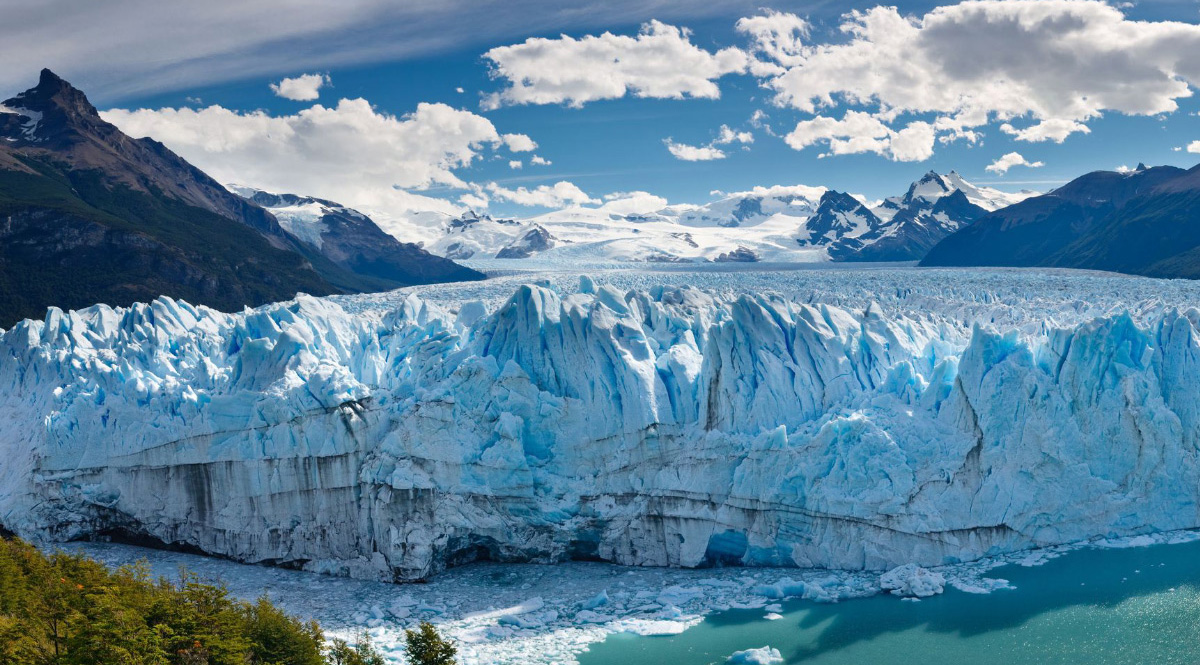While most people still worry about global warming, I am more concerned about the next Ice Age. A glaciation would present a serious problem for survival of our present civilization, akin to a nuclear winter that many worried about 30 years ago.
Nuclear winter is all fantasy, of course; but ice ages are for real.
Natural warming of the Earth reached a peak 65 million years ago. The climate has been generally cooling ever since. Antarctic ice sheets started growing 25 million years ago. In the last 2.5 million years, the Earth entered the period of Ice Ages [the geological name is The Pleistocene] and has been experiencing periodic glaciations where much of the land was covered by miles-thick ice sheets.
There have been about 17 glaciations, each lasting approx. 100,000 years, separated by short inter-glacials lasting about 10,000 years.
We are approaching the likely end of the present warm inter-glacial, called The Holocene. It’s time to prepare for the next glaciation to see how we can overcome it – or at least postpone its onset.
Although we don’t fully understand the gradual onset and sudden termination of each glaciation, their timing is determined by astronomical factors – the inclination and precession of the Earth’s spin axis. They control the amount of sunshine [solar energy] reaching northern latitudes. The mathematics was worked out by the Serbian astronomer Milankovitch, but the physics is not yet certain.
It is currently believed that a glaciation gets underway when a northern snow field [at latitude of about 65 degree N] survives during the summer and then gradually grows into an ice sheet.
The survived snow field acts as a “trigger” for commencing a glaciation. Its growth into an icesheet is conditioned by the “feedback” as it reflects solar radiation and thus resists being melted by solar energy in the following summers.
It is at this point where we can beneficially interfere. The effort involves two simple steps:
Step 1. Locate any snow field that survives the summer, which can be done most readily by reviewing available satellite data.
Step 2. Spread soot onto the snow field to reduce its albedo [reflectivity] and let the sun melt it during the following summer.
Note that this proposal has low cost and little environmental risk – unlike schemes of geo-engineering to “fight” global warming.
This is a serious matter. The most recent glaciation which ended only 12,000 years ago covered Canada and the northern United States, as well as much of Europe. It left us the Great Lakes and also many small lakes in Minnesota. The total human population at that time is estimated about 100,000 Neanderthalers and eventually also Homo Sapiens.
The present population explosion started with the growth of agriculture about 8,000 years ago. Harvest of crops continues to sustain such expansion, but may become impossible during a glaciation.
We don’t know if the human population will shrink to the “carrying capacity” of the Earth. The Neanderthalers were hunters; when they ran out of animals, they starved. But with likely supplies of unlimited energy and some human ingenuity, we may surmount this limit.











